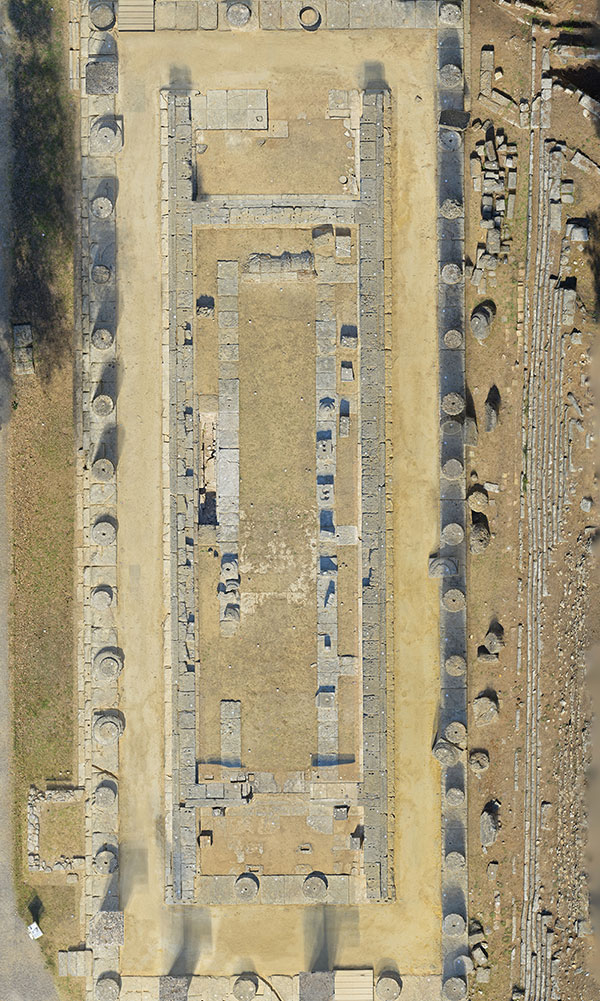MIŃSK MAZOWIECKI, POLAND—Science & Scholarship in Poland reports that more than 100 shallow burials in a “hastily prepared necropolis” were found in eastern Poland during road improvement work. Based upon coins found in some of the graves, the burials are thought to date to the seventeenth century. Cholera, which is spread through contaminated water and food, spreads easily during war and after natural disasters, and is suspected to be the cause of this epidemic. “We have found only a few artifacts in the graves, while generally there are considerably more in the necropolises from this period—such as clothing accessories, for example studs, buckles and pins,” said contract archaeologist Szymon Lenarczyk. “In this case, everything indicates that the dead were buried in the graves naked or in shrouds. The skeletons were buried without funerary objects.” Some of the graves contained more than one body, and some of the bodies may have been burned before burial in an attempt to prevent the spread of infection. For more, go to “A Parisian Plague.”
Cemetery May Hold Victims of a 17th-Century Epidemic
News October 28, 2016
Recommended Articles
Digs & Discoveries November/December 2025
A Familiar Face
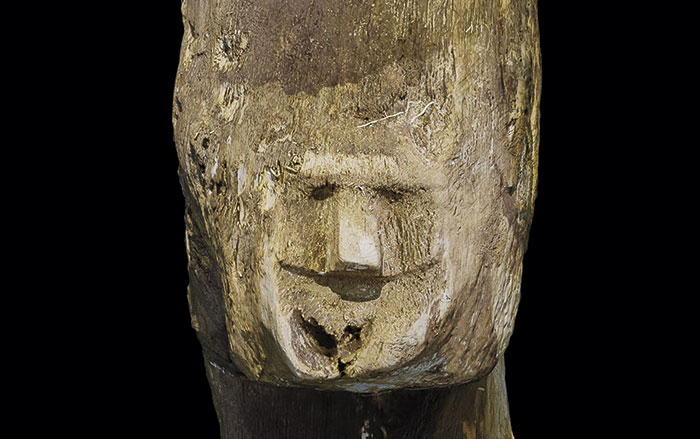
Letter from Poland November/December 2024
Remembering an Unspeakable Crime
Excavations of a mass grave expose evidence of Nazi-era massacres

Top 10 Discoveries of 2020 January/February 2021
Largest Viking DNA Study
Northern Europe and Greenland
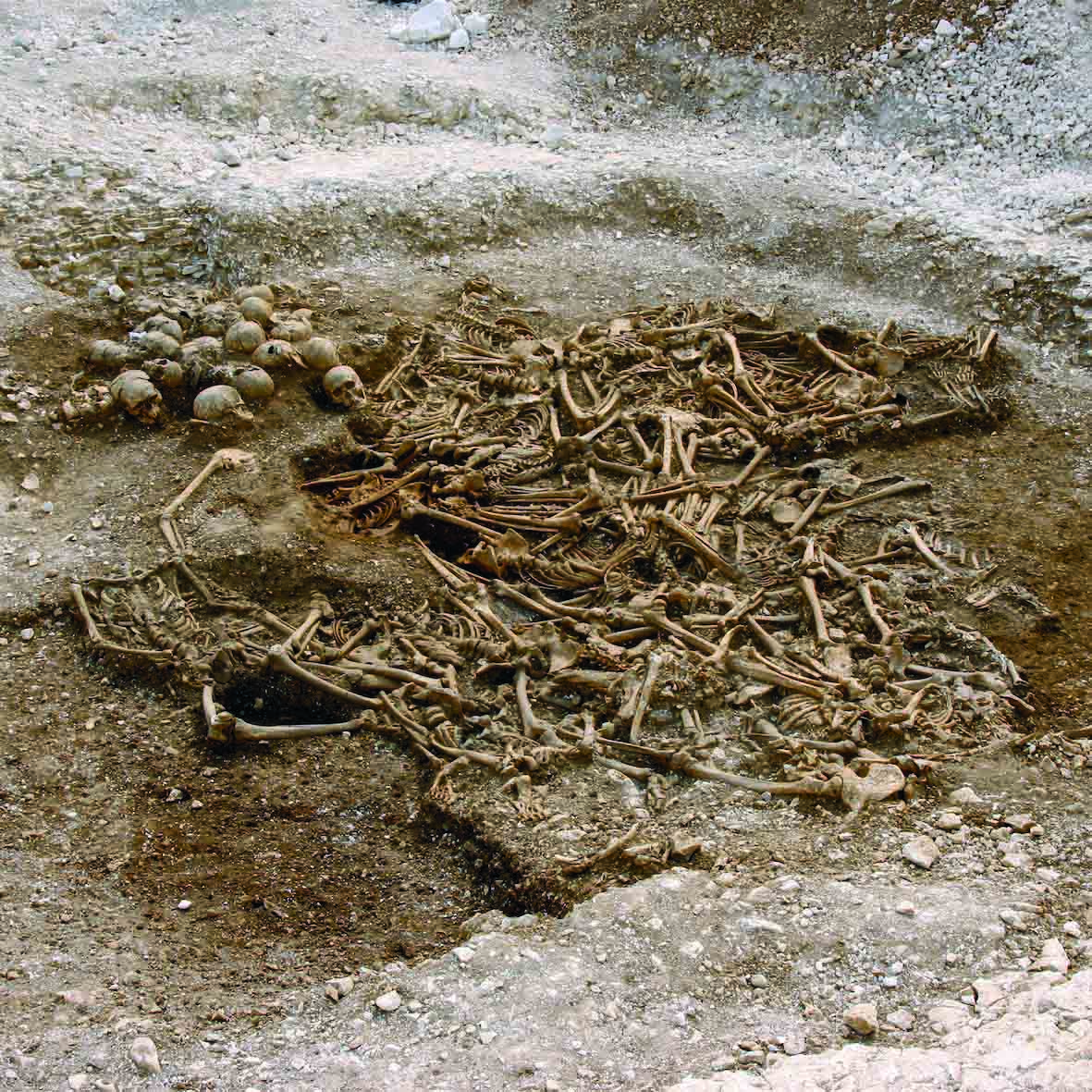
Digs & Discoveries November/December 2020
Honoring the Dead
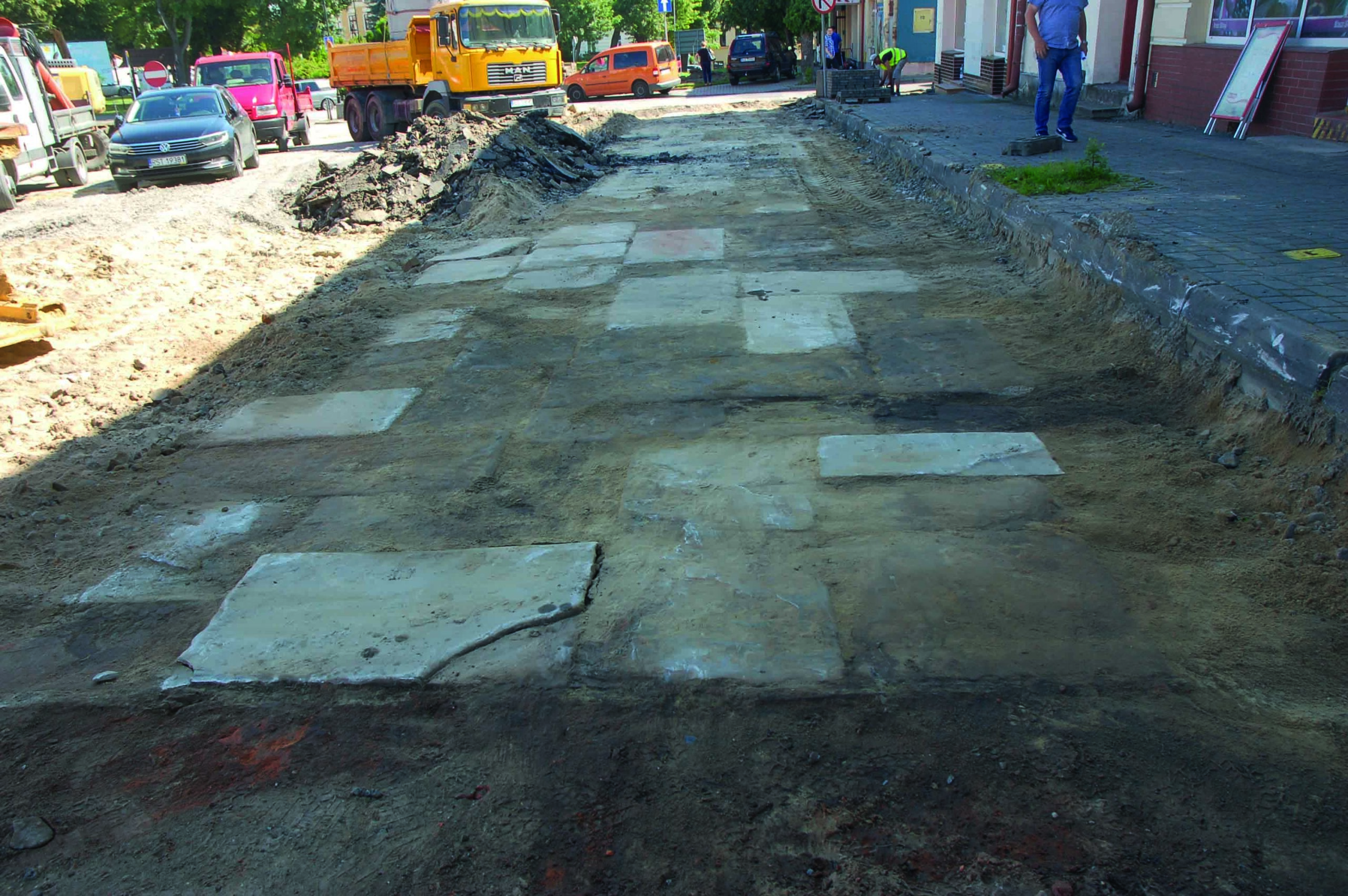
-
Features September/October 2016
Romans on the Bay of Naples
A spectacular villa under Positano sees the light
 Marco Merola
Marco Merola -
Features September/October 2016
Worlds Within Us
Pulled from an unlikely source, ancient microbial DNA represents a new frontier in the study of the past—and modern health
 (Photo: Samir S. Patel)
(Photo: Samir S. Patel) -
Letter from Rotterdam September/October 2016
The City and the Sea
How a small Dutch village became Europe's greatest port
 (© Bureau Oudheidkundig Onderzoek Rotterdam)
(© Bureau Oudheidkundig Onderzoek Rotterdam) -
Artifacts September/October 2016
Anglo-Saxon Workbox
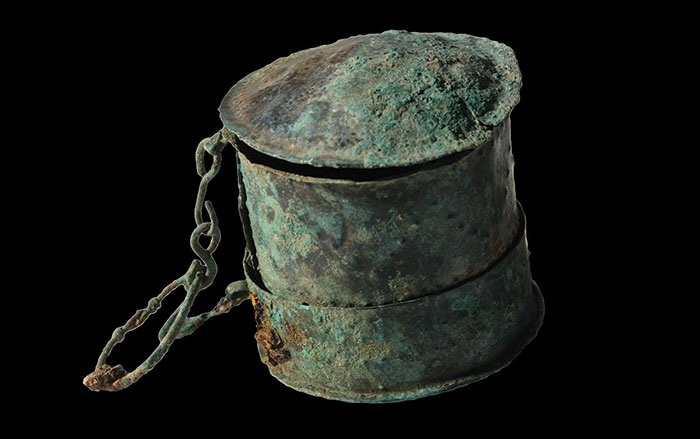 (Courtesy Wessex Archaeology)
(Courtesy Wessex Archaeology)



